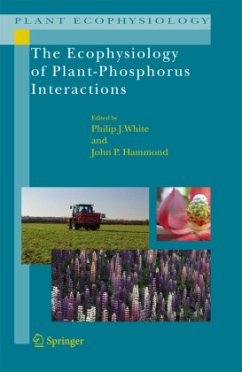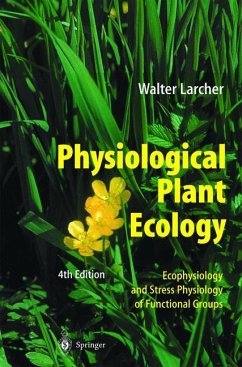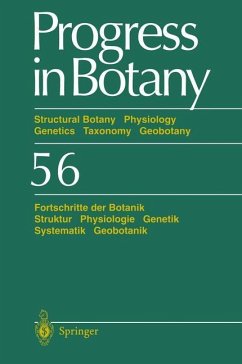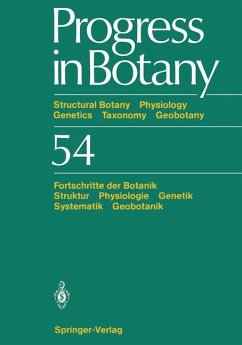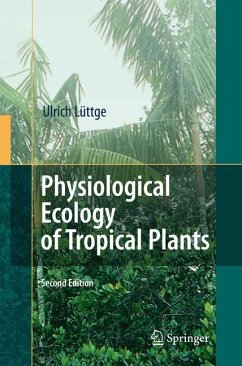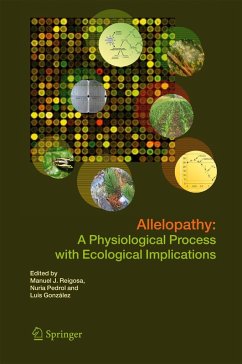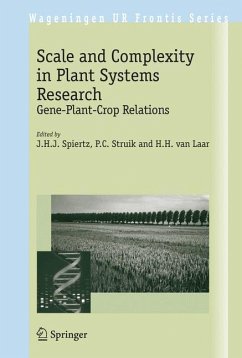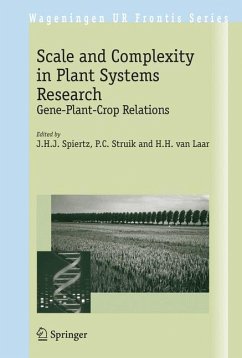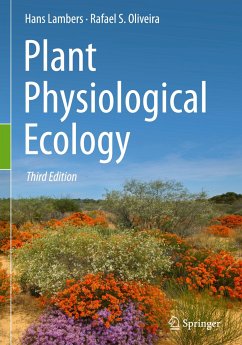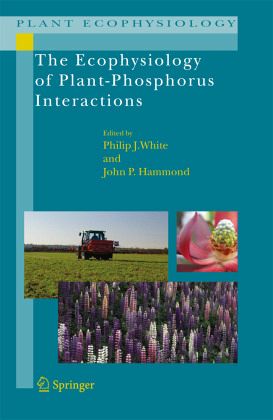
The Ecophysiology of Plant-Phosphorus Interactions
Versandkostenfrei!
Versandfertig in 6-10 Tagen
113,99 €
inkl. MwSt.

PAYBACK Punkte
57 °P sammeln!
Phosphorus (P) is an essential macronutrient for plant growth. It is as phosphate that plants take up P from the soil solution. Since little phosphate is available to plants in most soils, plants have evolved a range of mechanisms to acquire and use P efficiently - including the development of symbiotic relationships that help them access sources of phosphorus beyond the plant's own range. At the same time, in agricultural systems, applications of inorganic phosphate fertilizers aimed at overcoming phosphate limitation are unsustainable and can cause pollution.This latest volume in Springer's ...
Phosphorus (P) is an essential macronutrient for plant growth. It is as phosphate that plants take up P from the soil solution. Since little phosphate is available to plants in most soils, plants have evolved a range of mechanisms to acquire and use P efficiently - including the development of symbiotic relationships that help them access sources of phosphorus beyond the plant's own range. At the same time, in agricultural systems, applications of inorganic phosphate fertilizers aimed at overcoming phosphate limitation are unsustainable and can cause pollution.
This latest volume in Springer's Plant Ecophysiology series takes an in-depth look at these diverse plant-phosphorus interactions in natural and agricultural environments, presenting a series of critical reviews on the current status of research. In particular, the book presents a wealth of information on the genetic and phenotypic variation in natural plant ecosystems adapted to low P availability, which could be of particular relevance to developing new crop varieties with enhanced abilities to grow under P-limiting conditions.
The book provides a valuable reference material for graduates and research scientists working in the field of plant-phosphorus interactions, as well as for those working in plant breeding and sustainable agricultural development.
This latest volume in Springer's Plant Ecophysiology series takes an in-depth look at these diverse plant-phosphorus interactions in natural and agricultural environments, presenting a series of critical reviews on the current status of research. In particular, the book presents a wealth of information on the genetic and phenotypic variation in natural plant ecosystems adapted to low P availability, which could be of particular relevance to developing new crop varieties with enhanced abilities to grow under P-limiting conditions.
The book provides a valuable reference material for graduates and research scientists working in the field of plant-phosphorus interactions, as well as for those working in plant breeding and sustainable agricultural development.





